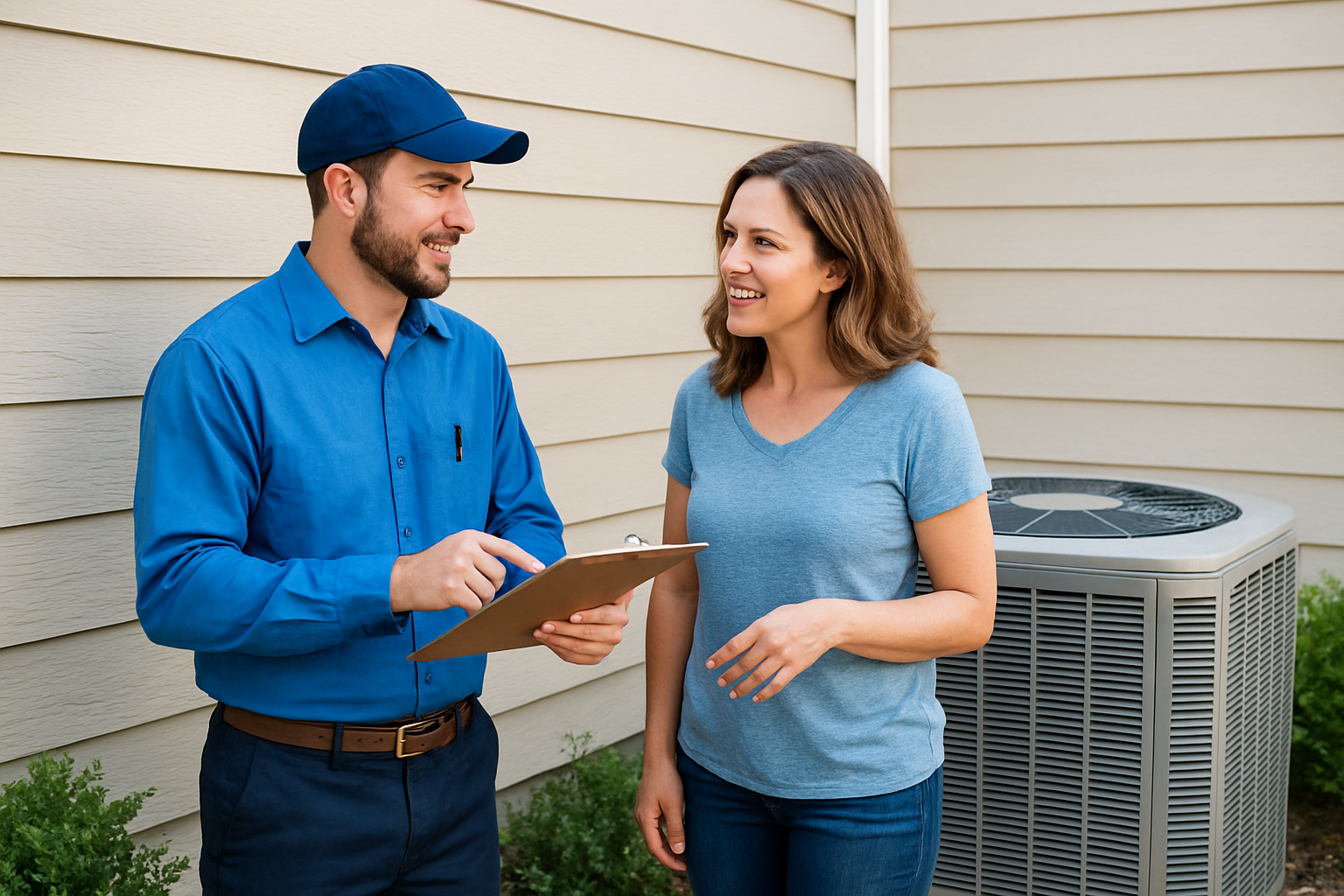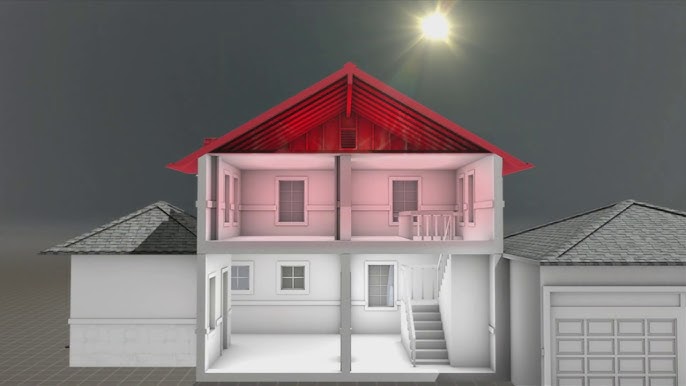
Causes, Effects, and Solutions
Dirty Sock Syndrome is a term used to describe a phenomenon associated with air conditioning units, where an unpleasant odor resembling dirty socks emanates from the system. It typically occurs due to the buildup of microbial growth, including bacteria and mold, on the evaporator coils of the HVAC system. This microbial growth thrives in the damp environment created by condensation on the coils, particularly in conditions of high humidity or inadequate ventilation.
The resulting odor can permeate throughout your home, impacting indoor air quality and causing discomfort for occupants. In this article, we will discuss the underlying causes of Dirty Sock Syndrome to its far-reaching effects, and propose a range of solutions to combat this pervasive issue.
Causes of Dirty Sock Syndrome
At the heart of this phenomenon lies a complex interplay of environmental conditions, microbial growth, and HVAC system dynamics. The process typically begins with the formation of condensation on the evaporator coils of air conditioning units. In the warm, moist environment created by this condensation, bacteria, mold, and mildew find fertile ground for proliferation. Factors such as high humidity levels, inadequate ventilation, and organic debris trapped within the HVAC system further exacerbate microbial growth, leading to the infamous odor reminiscent of dirty socks. Additionally, the presence of volatile organic compounds (VOCs) emitted by microbial activity can contribute to the unpleasant smell associated with this syndrome.
Effects on Indoor Air Quality
Beyond the olfactory assault of foul odors, Dirty Sock Syndrome can have profound implications for indoor air quality and occupant health. The release of microbial contaminants into the air poses risks ranging from allergic reactions and respiratory irritation to more serious health concerns for vulnerable individuals, such as asthma exacerbation and respiratory infections. The pervasive odor can create a palpable sense of discomfort and dissatisfaction among building occupants, undermining productivity and well-being.
Solutions for Mitigating Dirty Sock Syndrome
Effectively combating the bad odor requires a multifaceted approach that addresses both the underlying causes and the symptoms of the problem. Here are several strategies to consider:
Proactive Maintenance Regimen
Implementing a comprehensive maintenance schedule is the foundation of preventive care for HVAC systems. This includes regular cleaning and disinfection of evaporator coils, replacement of air filters, inspection of ductwork for microbial growth or debris accumulation, and ensuring proper drainage to prevent moisture buildup.
Give Us A Call to Schedule Air Conditioning Maintenance Today
Harnessing the Power of UV-C Germicidal Lamps
Installing ultraviolet (UV) germicidal lamps in close proximity to the evaporator coils can serve as a potent weapon against microbial growth. UV-C light effectively disrupts the DNA of bacteria, mold, and other pathogens, rendering them incapable of reproduction and proliferation. By incorporating UV-C lamps such as an Air Scrubber into HVAC systems, owners can significantly reduce the incidence of Dirty Sock Syndrome and improve indoor air quality.
Optimal Ventilation Strategies
Enhancing ventilation rates and implementing energy recovery ventilation systems can help dilute indoor pollutants and minimize the conditions conducive to microbial growth. By introducing fresh outdoor air and expelling stale indoor air, ventilation systems play a critical role in maintaining a healthy indoor environment. Additionally, integrating air purification technologies, such as HEPA filters or photocatalytic oxidation systems, can further enhance indoor air quality.
Humidity Control Measures
Managing indoor humidity levels is essential for preventing microbial growth and curbing the development of foul odors. Utilizing dehumidification systems, installing humidity sensors to monitor moisture levels, and ensuring proper insulation and sealing of ductwork can help maintain optimal humidity levels within HVAC systems. By mitigating excess moisture, owners can effectively mitigate the risk of this syndrome and its associated odoriferous consequences.
Professional Expertise and Inspection
Regular inspections by qualified HVAC technicians are indispensable for identifying potential issues and implementing corrective measures to prevent Dirty Sock Syndrome. Technicians can assess the condition of evaporator coils, ductwork, drainage systems, and other components, identifying areas of concern and recommending appropriate remedial actions. Moreover, ongoing collaboration with HVAC professionals ensures proactive maintenance and optimal system performance, safeguarding indoor air quality and occupant comfort.
Contact LA Construction, Heating and Air
Dirty Sock Syndrome represents a persistent challenge in the realm of HVAC systems, with far-reaching implications for indoor air quality and occupant health. By unraveling the underlying causes, understanding the effects, and implementing comprehensive solutions, owners can effectively combat this malodorous menace. From proactive maintenance and UV-C germicidal lamps to optimal ventilation strategies and humidity control measures, a multifaceted approach is essential for mitigating this syndrome and fostering a healthier indoor environment for all occupants. Through ongoing vigilance, collaboration, and innovation, we can confront Dirty Sock Syndrome head-on and ensure that indoor spaces remain fresh, comfortable, and conducive to well-being. Give us a call today or contact us online to schedule your appointment today, we are here to help you!






































